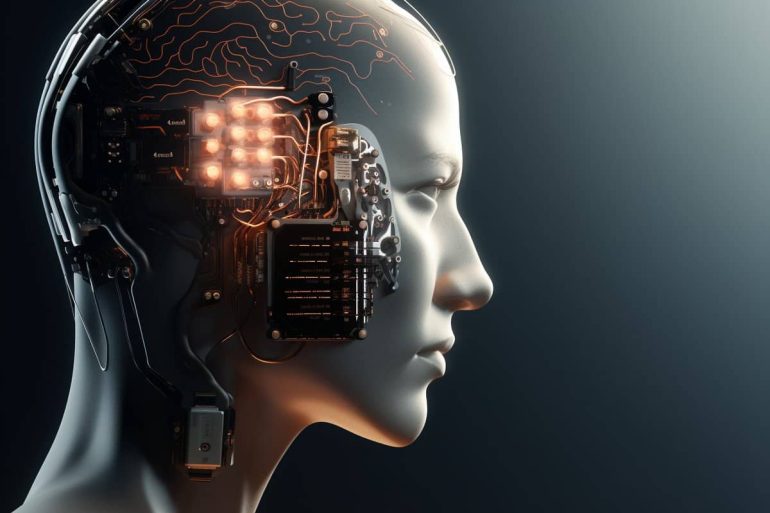- University of California, San Francisco develops a bilingual brain implant aiding stroke survivors.
- Led by Dr. Edward Chang, a team enables communication in Spanish and English.
- Pancho, a stroke survivor, benefits from the implant, previously unable to articulate clear words.
- Innovative decoding system utilizes neural networks to interpret brain activity.
- Initial advancements focused on English communication.
- Further research identifies cortical activity indicative of bilingualism.
- Breakthrough decoding system allows seamless language switching based on preference.
- Study highlights potential for restoring natural communication among bilingual individuals with paralysis.
Main AI News:
A groundbreaking development in neuroscience at the University of California, San Francisco has resulted in a revolutionary bilingual brain implant, significantly enhancing communication capabilities for stroke survivors. Led by Dr. Edward Chang, a team of nearly a dozen scientists from the university’s Center for Neural Engineering and Prostheses has pioneered a cutting-edge decoding system that enables individuals to communicate seamlessly in both Spanish and English.
Published in Nature Biomedical Engineering on May 20, the research showcases the remarkable journey of Pancho, a stroke survivor who, at age 20, faced severe paralysis following a stroke in the early 2000s. Despite being a native Spanish speaker, Pancho acquired English proficiency later in life but lost his ability to articulate clear words due to his condition.
Through the innovative neural implant received in February 2019, Pancho’s brain activity was monitored and decoded using advanced artificial intelligence techniques. By employing neural networks, researchers successfully trained the implant to interpret his thoughts into coherent sentences in both languages, displaying them on a screen. However, initial advancements only facilitated communication in English.
Recognizing the significance of enabling bilingual communication, Dr. Chang’s team delved deeper into Pancho’s brain activity, discovering cortical activity indicative of bilingualism. Leveraging this revelation, they developed a groundbreaking decoding system capable of facilitating bilingual communication without the need for separate language-specific training.
In 2022, the team harnessed the power of artificial neural networks once again to train Pancho’s brain implant on the unique neural patterns associated with bilingual speech. The results were astounding, as Pancho demonstrated the ability to seamlessly switch between Spanish and English based on his preference during conversations.
This pioneering study not only establishes the feasibility of bilingual speech neuroprostheses but also offers a promising glimpse into the potential of such technology to restore natural communication among bilingual individuals with paralysis. By bridging language barriers, this innovative approach opens new avenues for enhancing the quality of life for stroke survivors and individuals facing similar challenges.
Conclusion:
The development of a bilingual brain implant marks a significant advancement in the field of neuroprosthetics, offering newfound hope for stroke survivors and individuals facing language barriers due to paralysis. This innovative technology not only enhances communication capabilities but also underscores the potential for addressing diverse needs within the market for assistive devices, catering to a broader spectrum of language requirements.

